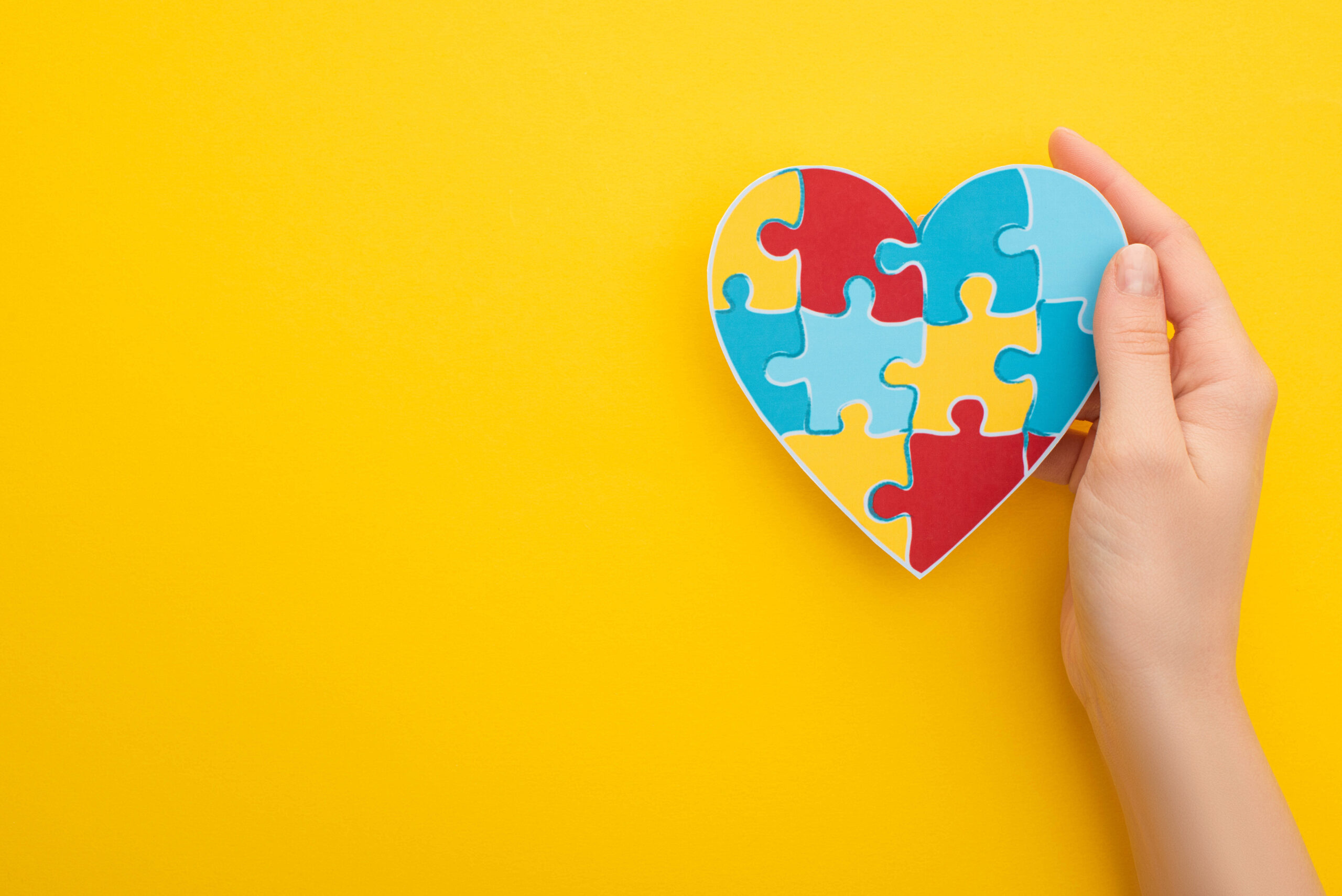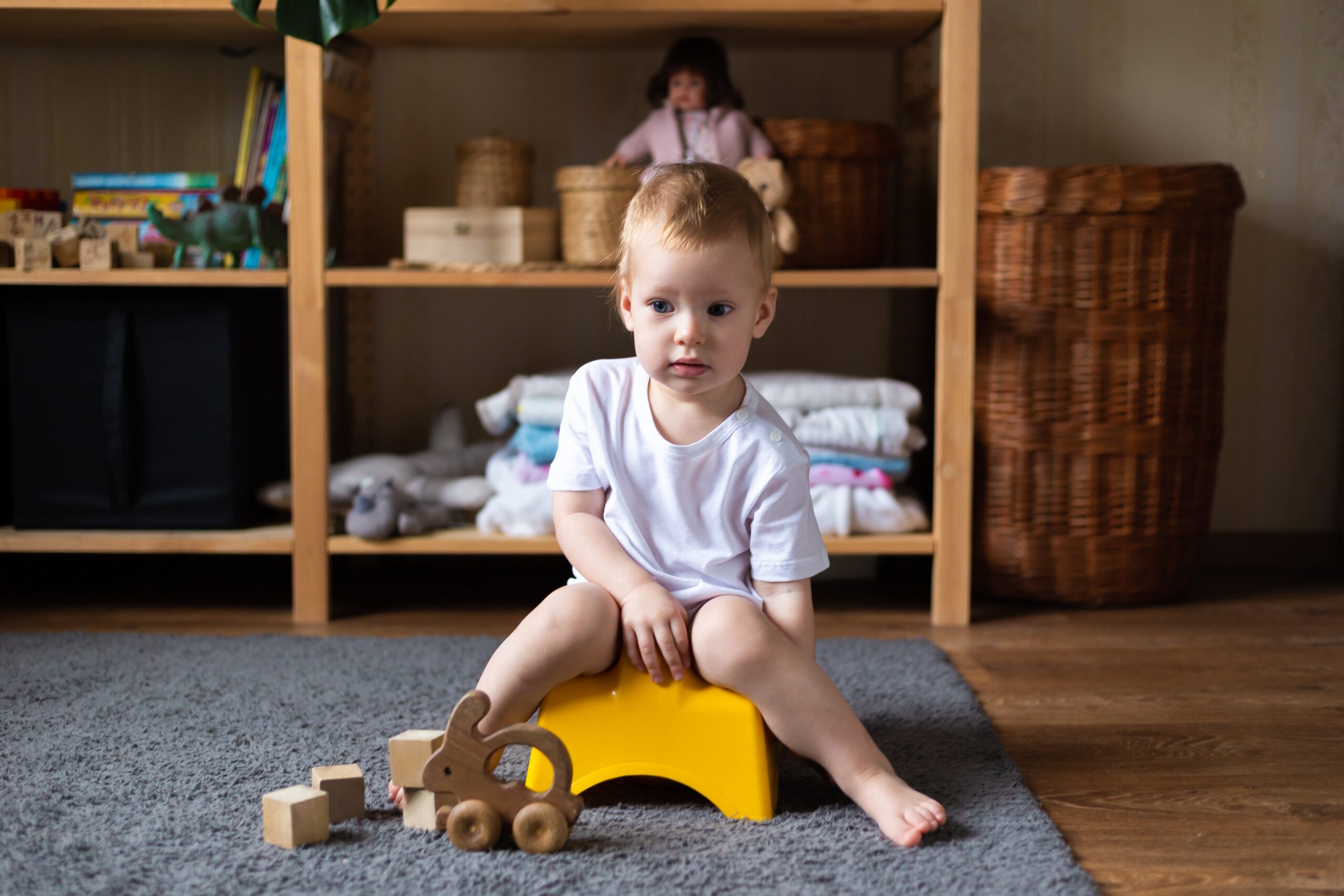Communication with Visual Support: First-Then Board
Effective communication is vital for the development of children, particularly those with Autism Spectrum Disorder (ASD). Visual support tools, such as the First/Then board, can play a significant role in enhancing communication skills and understanding daily routines and expectations. This article explores what a First/Then board is, how it helps children develop communication, and provides guidelines for its effective use.
What is a First/Then Board?
A First/Then board is a visual support tool designed to assist children, especially those with ASD, in developing communication skills and comprehending daily routines and expectations. It consists of two sections labeled “first” and “then,” utilizing pictures or symbols to represent activities or tasks. The primary purpose of a First/Then board is to provide a clear visual representation of the sequence of events or tasks in a specific situation. It helps children with ASD better understand and anticipate expectations, promoting effective communication and reducing anxiety or frustration that may arise due to difficulties with verbal language or processing information.
How Does the First/Then Board Help Develop Communication?
The First/Then board facilitates the development of communication in several ways:
Visual Representation
Children with ASD often have better visual processing skills compared to verbal processing skills. A First/Then board provides a visual representation of tasks or activities, making it easier for them to understand and follow instructions. For example, if a child struggles with transitioning from playtime to completing homework, the board can display a picture of the preferred activity (playtime) under “first” and a picture of the less preferred activity (homework) under “then.”
Choice-making Opportunities
The First-Then board offers choice-making opportunities, empowering the child and increasing their engagement. By incorporating preferred activities or rewards, the child understands that completing the less preferred activity will lead to something enjoyable. For instance, the board can display a picture of the bathroom (less preferred) under “first” and a picture of playing with a favorite toy (preferred) under “then.”
Clear Expectations
The visual nature of the First-Then board helps children with ASD understand what is expected of them in a given situation. It provides a concrete representation of the tasks or activities that need to be completed, reducing ambiguity and promoting independence. This clarity helps in reducing anxiety and challenging behaviors that may arise from uncertainty.
Guidelines for Using a First/Then Board
To effectively use a First/Then board with children with ASD, consider the following guidelines:
Choose appropriate visuals:
Select pictures or symbols that accurately represent the tasks or activities involved. Use images that are meaningful and motivating for the child. Actual photographs can increase the child’s motivation and engagement.
Set clear expectations:
Be consistent and use the First-Then board frequently so the child can understand how it works. Ensure they understand that completing the “first” task will lead to the “then” reward or preferred activity. Use simple and concise language.
Make it visible:
Place the First/Then board in a prominent location where the child can easily see it, such as on a wall, desk, or portable board. The visibility of the board helps the child maintain focus and reminds them of the tasks or activities.
Reinforce and praise:
When the child successfully completes the “first” task and transitions to the “then” activity, provide reinforcement and praise. This reinforces the connection between the board and the expected behavior.
Gradually fade the visual support:
As the child becomes more proficient in understanding and following the sequence of events, you can begin to fade the use of the First/Then board. Gradually reduce the visual support and rely more on verbal directions. For example, over time, you can transition from using the board to verbally stating, “First, we will clean up the toys, then we can go have some ice cream.”
Conclusion
Scientific evidence supports the effectiveness of the First-Then board when interacting with children on the autism spectrum. Several studies have highlighted its positive impact on communication, behavior, and daily living skills. It’s essential to remember that each child is unique, and the First/Then board should be tailored to their specific needs. By incorporating visual support tools like the First/Then board, we can empower children with ASD, enhance their communication skills, and support their overall development.
Also read: How to Develop a Child’s Communication with Visual Schedule
About Olga Sirbu
My name is Olga Sirbu, I am a Board Certified Behavior Analyst (BCBA) and Licensed Applied Behavioral Analyst. My goal is to support and empower families and individuals on the autism spectrum.
Autism Advance is dedicated to training parents and caregivers, providing practical tips, and teaching individuals how to educate kids with autism.
I share evidence-based practices to help you better understand and support individuals with autism. Learn practical strategies to help individuals with autism reach their full potential, as well as gain a deeper understanding and acceptance of autism.
Thank you for considering Autism Advance as a resource for your autism journey.








